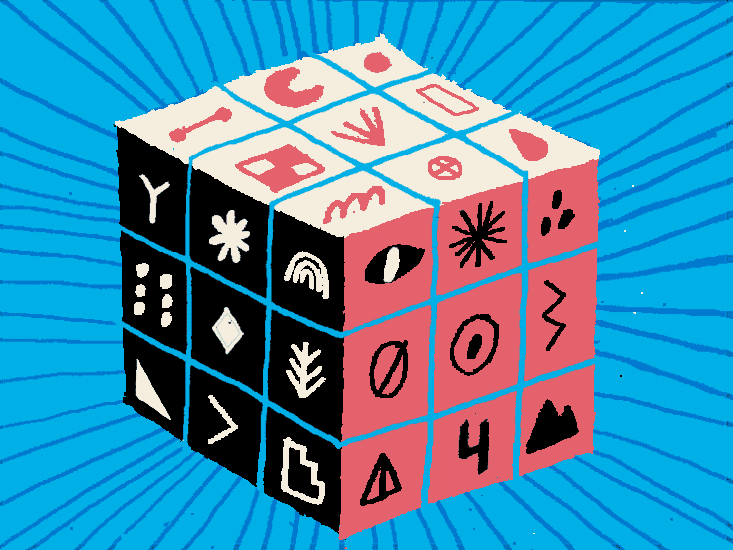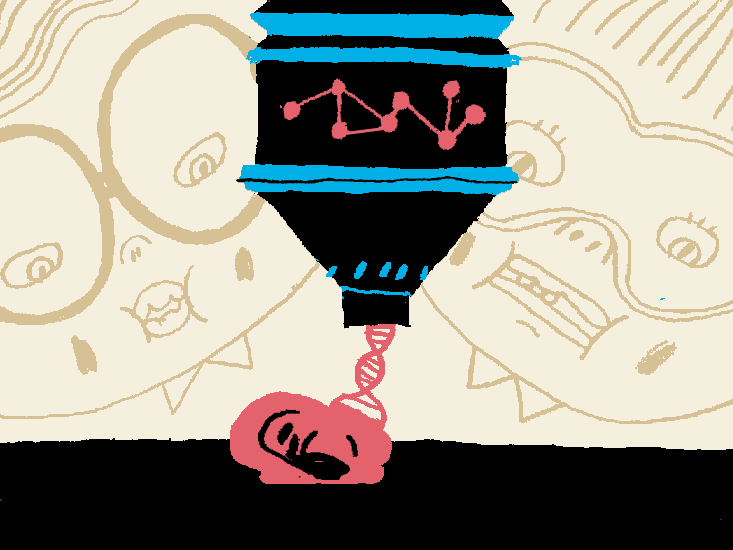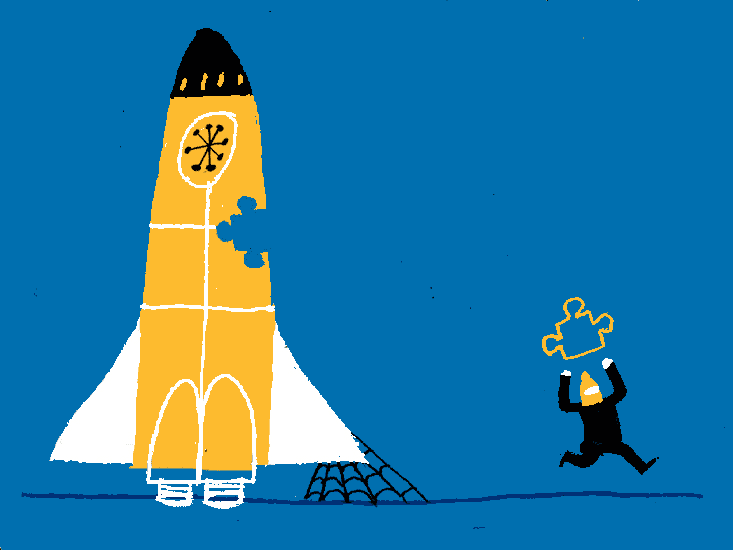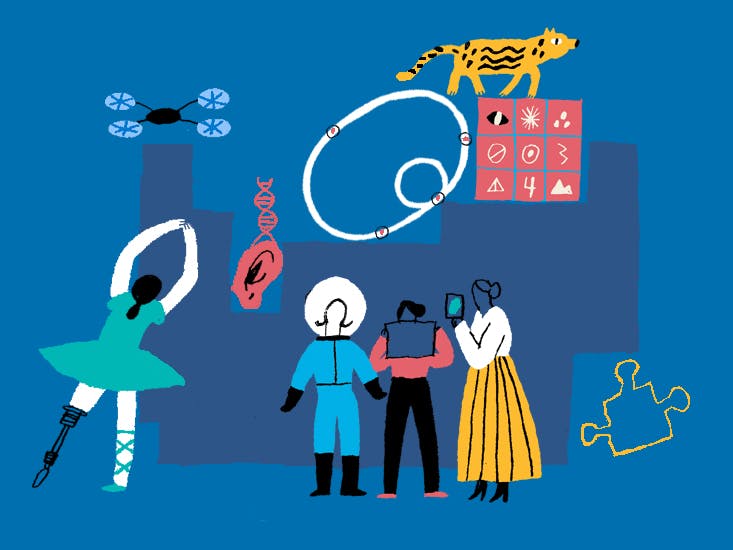Humans have long had a desire to capture the now—to freeze the current moment to look back on after it has left us. We painted, wrote things down, developed photography and storage systems, and built vast libraries of books and images. In 1939, during the New York World’s Fair, Westinghouse introduced the first-ever “time capsule” (at least, the first one that went by that name): an 800-pound box full of things like a microscope, a spool of thread, a Sears Roebuck catalog, and a 15-minute newsreel. Since then, thousands of classrooms and companies around the world have created time capsules. There’s even an official Smithsonian guideline about how to make them properly, including a list of manufacturers who make sturdy, durable containers.
We’re not actually burying anything in the ground, but we did ask our readers what they might include in a science time capsule. A collection meant to show the future what we did—and, in some cases, didn’t—understand today. Here’s what they wanted to seal up for the future:

1. Portraits of female scientists: So that they may be remembered, even if they fail to get the credit they deserve in their own time.

2. A detailed blueprint of the LHC: Arguably the most complicated and impressive object built by humans, the LHC is a great testament to our curiosity and industriousness.

3. A quadcopter drone: In a century, we may look back on the drones of the early 21st century as the beginning of a brave new era or as a passing fad. In either case, drones raise some of the most important questions about today’s technology and how we use it.

4. A state-of-the-art prosthetic arm and leg. The future holds incredible things for prosthetics, and people will probably look back on our current artificial limbs as though they’re primitive blunt objects.

5. An encrypted message: We could use our strongest, most complex encryption methods to date to encrypt a message, and state how long it would take to decrypt with current technology. We then ask them to see how long it would take them to decrypt with technology at various points between now and 100 years’ time. They could then see how the rate at which technology has improved over the years.

6. A 3D printed ear, or other small-ish anatomical marvel: We’re just now beginning to explore the realm of medical 3D printing, but the future might be one where ears and eyes and whole hands come from a printer. Or perhaps the future will look back and laugh at the idea.

7. The IUNC list of endangered animals: The future will be full of extinction.

8. The Periodic Table: The periodic table is one of mankind’s greatest achievements. To discover that literally everything is made up of one or more of these fundamental elements, and then discover their properties, and then group them according to those properties (which just so happen to occur in a cyclic, aka periodic, pattern) is pretty amazing. The table has been the key that has unlocked many advancements in technology and science, from computing to the composition and structure of the DNA double helix. It provides real-world context for theoretical particle physics. It allows us to know about the world around us and manipulate it, which is what science is all about. The periodic table is amazing.

9. A piece from Endeavour, the newest space shuttle: The space program has changed the world in more ways than anyone could possibly have predicted. And while the funding has been cut repeatedly, the inspiration for children and adults alike are the things that will be missed.
So there you have it, nine of the many items that Nautilus readers would include in a time capsule. Did we miss anything? What would you like to see locked away for the future to remember? Tell us in the comments.



